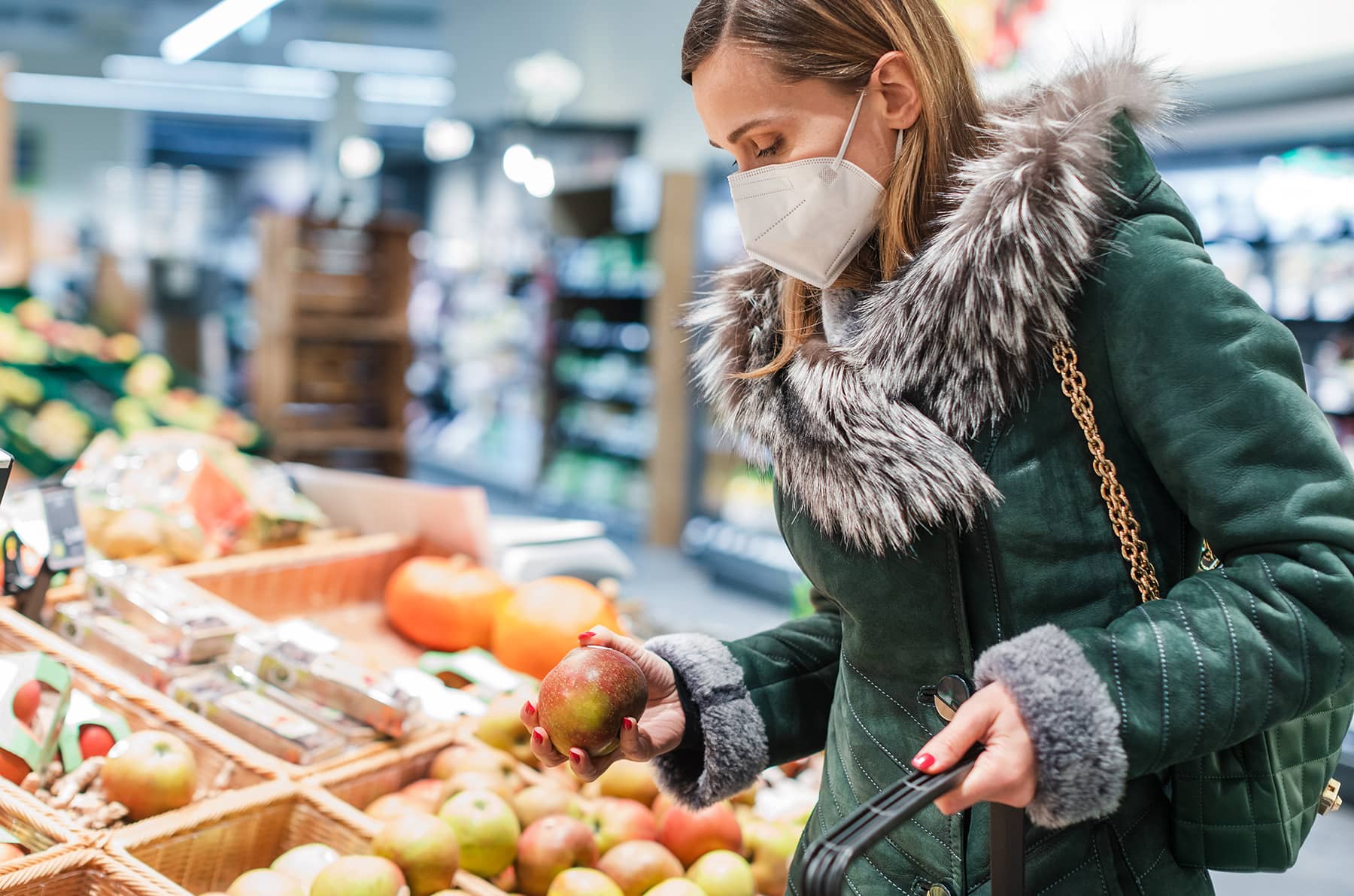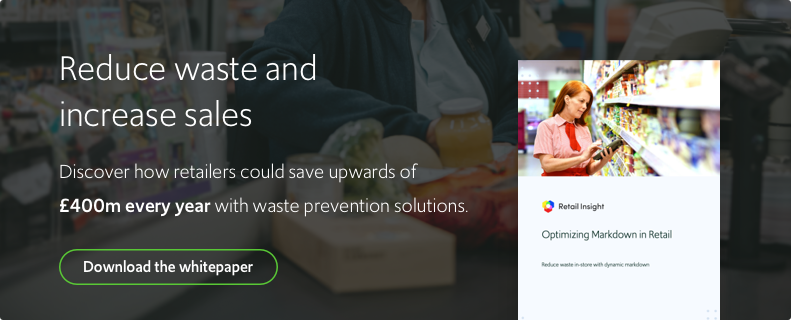
Reshaping the supermarket post-pandemic

- 2 minute read
- Paul Boyle
Social distancing and a life lived largely online have been the reality for over a year. But, as the world gradually emerges from lockdown, has the shape of retail really changed forever?
At the start of the pandemic, shoppers flocked online for safety and convenience. But a business model skewed towards ecommerce is not necessarily one that supermarkets are keen to pursue post-lockdown.
Despite the popularity of online grocery shopping , the fact remains that it is an expensive and inefficient channel for retailers . Economic pressure on brick-and-mortar stores means grocers must make their assets work harder than ever.
How can grocers thrive in a post-pandemic world?
In-person sales of non-food categories have fallen significantly with most customers heading online. Retailers are over-spaced and grocery is shouldering the cost of that burden – despite its relatively small footprint. It is increasingly clear that the pre-pandemic supermarket model is no longer fit for purpose .
But as with many challenges, this presents a great opportunity.
It is time to move away from binary thinking – that grocery fulfillment is either online or in-person. Either dark store, fulfillment center, or retail outlet. Instead, we must look at a next-generation, hybrid retail model.
Taking advantage of forward-deployed inventory, grocers can get products closer to shoppers than many dark stores ever could. In-store fulfillment for ecommerce benefits customers who enjoy the convenience of in-person and online, wherever and whenever they need it. Recent research from Adobe has shown that 47% of retail executives expect to open hybrid stores across 2021.
But reshaping the grocery retail space is not just about making the most of footprint. Grocers should look to squeeze more out of their entire operation – from missed sales and poor inventory management processes to excess waste.
An effective dynamic markdown strategy is the future of retail
UK supermarkets look set to lose £2.4bn through waste in 2021 alone. And food waste levels are only going to grow. This might represent the only easy money left on the table for grocery retail.
An effective dynamic markdown strategy ensures products sell-through at the right price at the right time. It is only by delving into the vast amounts of data available to grocers that they can gain the insight they need to fix issues of over or under-supply and cut long-term costs.
The pandemic has led people to make bold claims like “the high street is dead” and “everyone will shop online forevermore”. The reality is more nuanced. From the perspective of both cost and experience, in-store retail is still vital for long-term growth.
However, the future lies with a new type of store that will cater to the post-pandemic shopper, – supported by a more efficient supply chain that is, in turn, supported by a dynamic and optimized markdown strategy. To achieve this, supermarkets need to understand the data today to build an effective, efficient, and responsible hybrid retail model for tomorrow.
Get in touch
Written by Paul Boyle
Paul, a Master's graduate in Engineering, became CEO of Retail Insight in 2011 having previously served as COO since the business was founded in 2005. He enjoys everything about Retail Insight; our people, products, and partners. Prior to Retail Insight, Paul worked at P&G and HJ Heinz in Commercial and Strategy.
You might be interested in


Grocers should do more to be sustainable, US shoppers say

Markdown to get waste down

Roadside convenience retail: technology and data insights

How tech can help grocers tackle food waste

Rethinking retail food waste in the face of Covid-19

How Poor Markdown Pricing is Costing Millions

How tech and connectivity can transform the role of store associates

How to transform in-store operations with grocery technology

Post-lockdown sales spikes: How can grocery retailers prepare?

UK shoppers say product availability ‘worse’ than during pandemic panic buying

